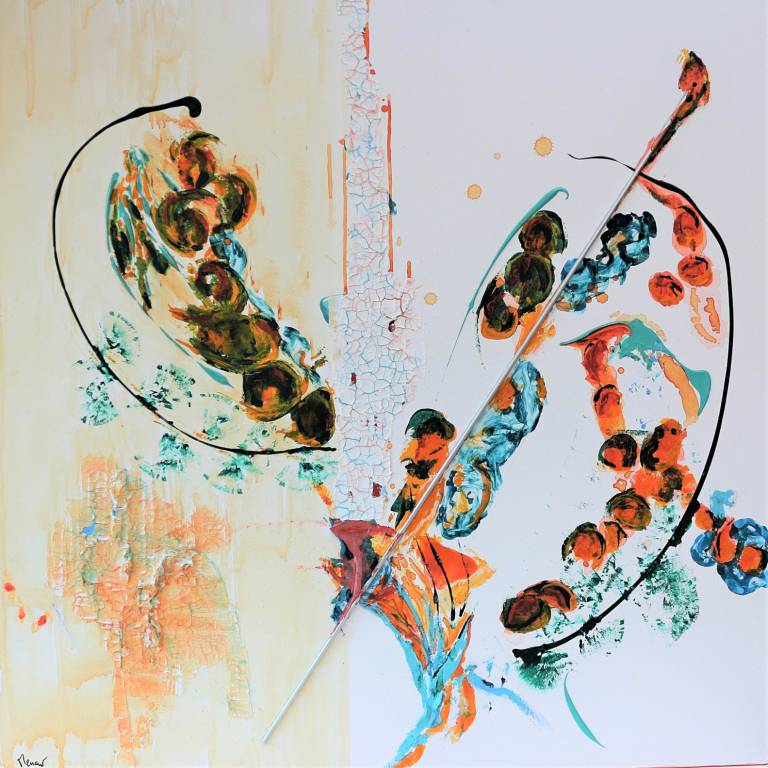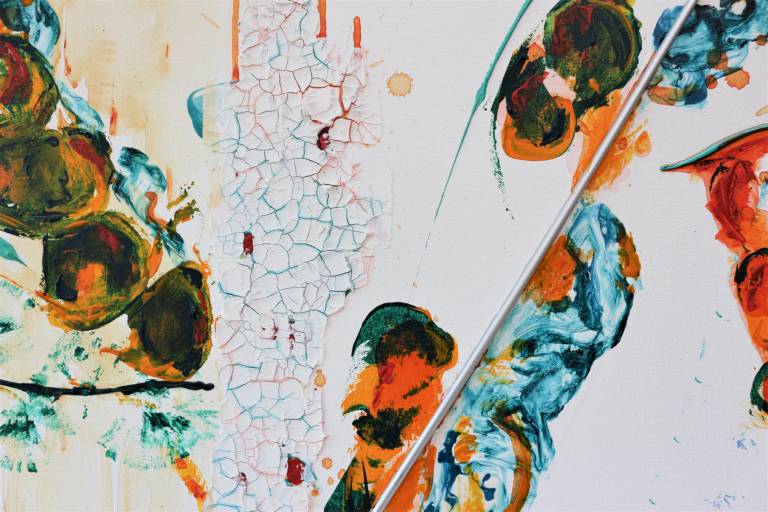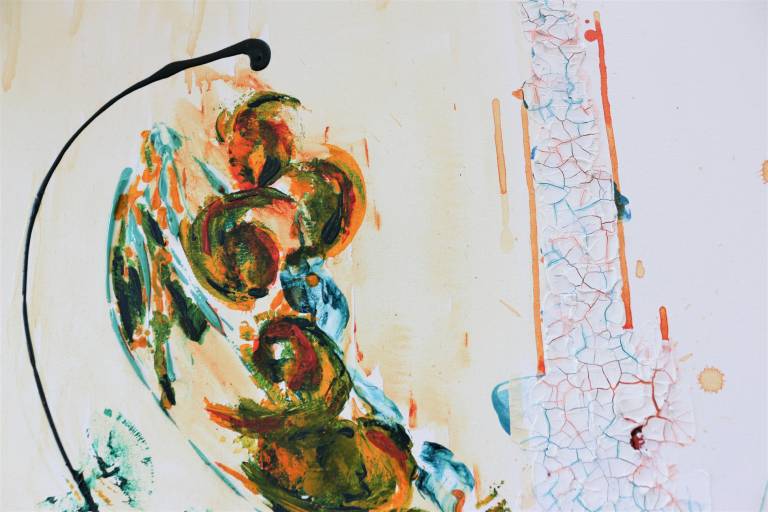GRANADA
- Fruit Routes
- Acrylic, paste, steel bar and varnish on canvas
- 101 x 101 x 4 cms (39.76 x 39.76 x 1.57 ins)
- Ref: 648406/312
£ 2,400.00
Also known as ‘granadas’, the fruit originates from Persia (modern-day Iran), the Arabian peninsula and Afghanistan.
They have been grown in the eastern Mediterranean region, Indian subcontinent and south-east Asia for several millennia. Granadas were introduced to South America in the 16th century, then to California and the Caribbean in the 18th century.
The reddish-purple husks of pomegranates reveal clusters of jewel-like seeds packed inside. The trees are long-lived and drought resistant, with some specimens at Versailles in France surviving for 200 years.
The shapes of pomegranates were painted onto pottery and woven into textiles in India and Persia.
Granada in southern Spain, the last Moorish capital on the Iberian peninsula until the Spanish re-conquest in 1492, still has on its coat of arms a pomegranate with the motto ‘reigning is bittersweet’.
The name of the city is said by some to be from the Latin granatum meaning ‘pomegranate’ from fruit grown in the region but others connect the name to Moorish karnattah, said to mean ‘hill of strangers’.
The word ‘grenade’ (small explosive shells) is said to derive from the French grenade, meaning pomegranate, because the fruit is a similar shape to the destructive weapons.
This painting is an abstraction of an extremely ripe pomegranate fruit.



